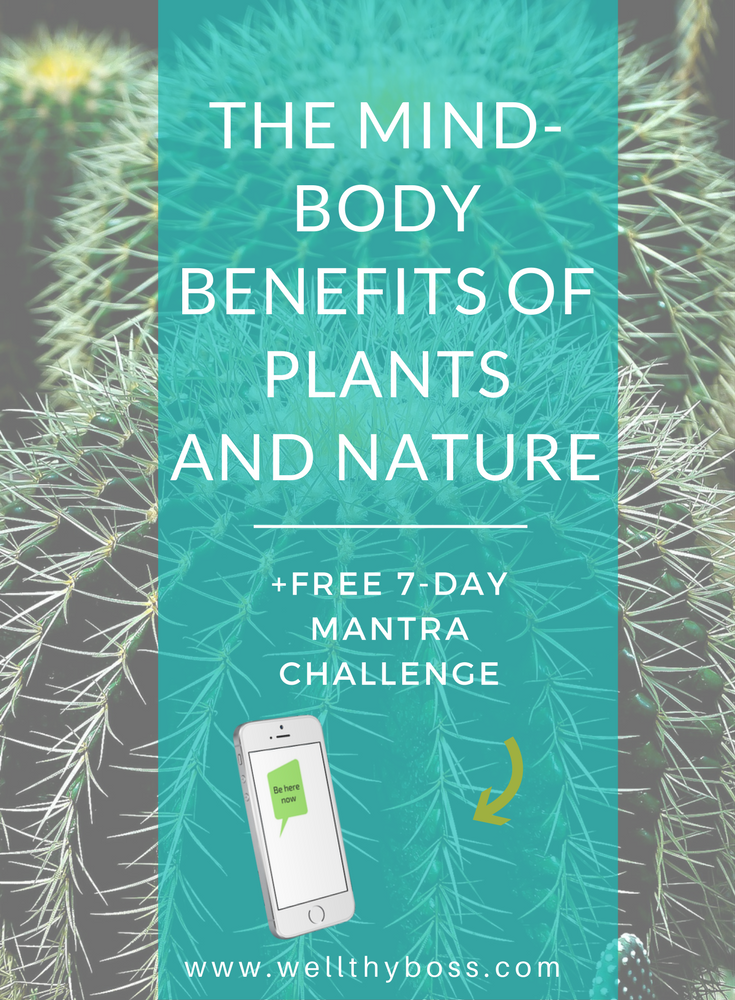
Podcast: Play in new window | Download
Subscribe: RSS
Take a look at any public space, from a cafe to the grocery line, and you’re nearly guaranteed to find a majority of people staring at their electronic devices.
While our time spent with devices consumes most of our waking hours, our time spent in nature has dwindled down to almost nothing.
Multiple studies show that the average Western citizen spends more than 90% of their time indoors (and that doesn’t even include time spent commuting in a car).
And as entrepreneurs whose livelihood is tied to our laptops, that sounds about right.
But ignoring nature comes at a cost. Only until very recent decades have we as a human race become so disconnected with the natural world.
Because of this recent breakup with nature, we’re only just beginning to understand the negative effects that being nature-starved has on our bodies and brains.

And while I’m not suggesting you pitch your cell phone into the fountain like they do at the ends of movies, I am suggesting that spending some more intentional time taking advantage of nature will have profound benefits on your body, mind, and even your work!
Being around plants and nature is well-proven by science to reduce stress and inflammation, prevent chronic disease, lift our moods, and even improve our productivity and memory!
Here’s how to incorporate more nature into your work and play–whether or not you have a green thumb!
indoor plants
If you can’t get outside in nature, bring nature to you!
The concept of the indoor houseplant has come a long way since the ficus tree of the 80’s. (Although ficus is considered to be one of the most purifying of houseplants.)
In fact, succulent theft has even become a thing! (Think I’m kidding? Check this out!)
And the resurgence in plant popularity couldn’t come at a better time. Psychology Today shows that having potted plants in your physical space improves attentiveness, reduces blood pressure, increases productivity, and even makes you more satisfied with your work.
Plants are known to absorb harmful VOC’s from the air, as well as balancing with our own oxygen and carbon dioxide input and output through respiration.

Some of us are more gifted with tending plants than others. I am not one of these so gifted. (I inadvertently spent a whole summer watering my mother-in-law’s fake plants while they were out of town–which, I might add, were the only plants that made it.)
But starting with a few low-care plants (which, fortunately, succulents are known to be) can be an entry-level way to bring the outdoors in.
Try creating your own succulent terrarium, which can in and of itself be an enjoyable activity to commune with nature.
And if your plant only makes it 6 months? Well, for all the good that having houseplants does for your health and well-being, throwing them out and replacing your plants when they die really isn’t that bad of an investment!
EARTHING
The practice of earthing, also called grounding, has gained interest in recent years.
I’ll admit, when I first heard of earthing about 5 years ago, I thought it was a bit woo-woo.
But scientific studies are now suggesting that nature knows best when it comes to putting our bodies into an ideal state of health.
So what is it? Earthing is the practice of spending time in direct contact with the earth’s surface (grass, soil, sand, rock, or water).
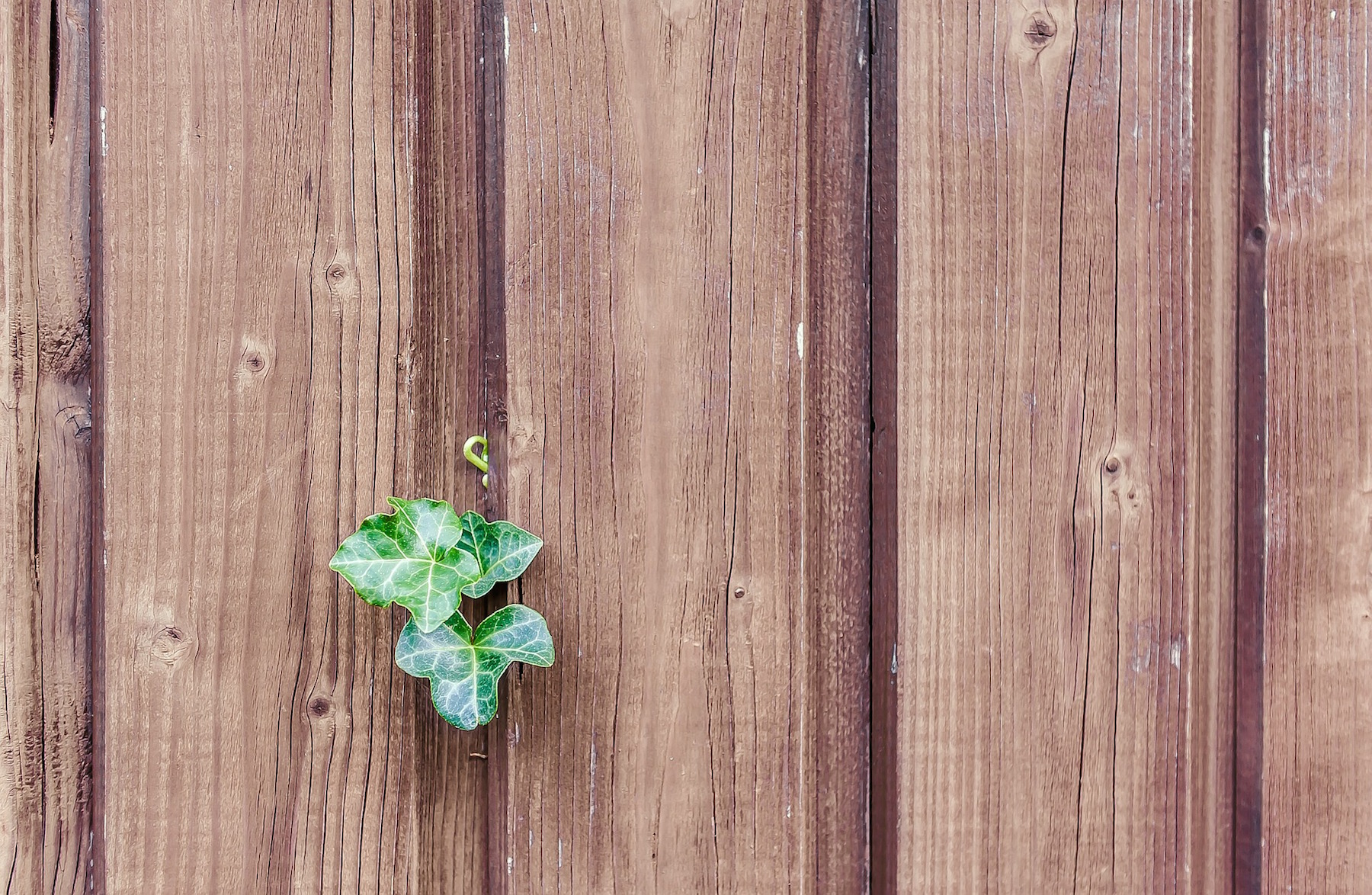
Here’s a peek at the basic concept of earthing:
The earth’s surface has an electromagnetic field, as do our bodies. The earth’s surface carries a negative charge to it, which when we come in contact with it is thought to neutralize the positive charge of free radicals searching for a negative ion–free radicals that exist from chronic inflammation and stress and which, if left unneutralized, can attack healthy tissue.
While the scientific exploration of the effect of earthing on our bodies is still young, there are still numerous studies that show a marked difference in test subject’s inflammation markers and the state of their nervous system after spending as little as 30 minutes in direct contact with the earth’s surface.
So how do you do it?

The idea is almost painfully simple. Either sit or stand on the ground, without any non-conductive materials between you and the ground (which, if you think about it, we really don’t do that often).
Walking through the grass barefoot (i.e., no rubber-soled shoes) is one example of earthing. So is sitting on a rock in nature, or even laying on a blanket in a park (since most fabrics are conductive).
While these are the simplest and most obvious ways to experiment with the benefits of earthing, they’re not the only ways.
Moving water is, in itself, grounding due to the fact that it releases negative ions into the air.
(Which technically means that you’re already earthing every time you take a shower!)
Capitalize on this commodity more by considering an indoor water fountain (even a simple, inexpensive desktop fountain can provide an earthing effect–along with a soothing ambience!)
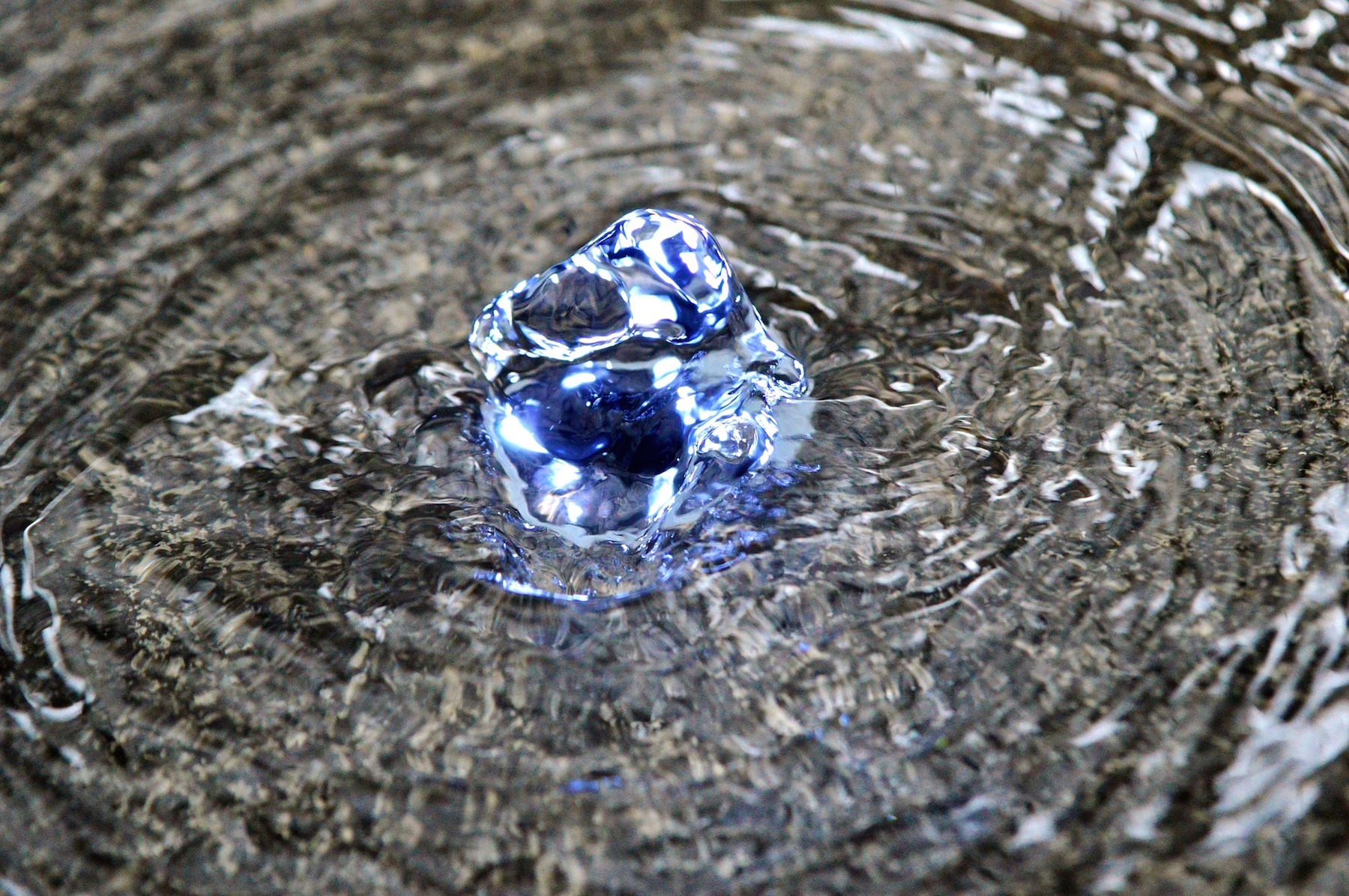
There also manmade gadgets created for the purpose of grounding, such as grounding sheets and grounding mats, but I personally haven’t tried them. (Why pay for something I can get outside for free?)
But in theory they could be a good resource for extending the amount of time you get to spend in a grounded state, or for bringing with you on the road.
Model Health Show host Shawn Stevenson swears by the practice of earthing (both traditional as well as incorporating grounding equipment) as a method for combatting jet lag. (He has a whole podcast episode dedicated to the topic of earthing, which I highly recommend!)
FOREST BATHING
Forest what?
The Japanese have invented a term for hanging out in nature, called shinrin-yoku, which translated means “forest bathing.”
(To be clear, this practice need not include literal bathing. You can practice forest bathing fully clothed, and I recommend you do!)
Forest bathing in its purest form includes spending an extended period of time mindfully in nature–i.e., no racing to get to the top or checking your FitBit for how many steps you’ve gotten in.
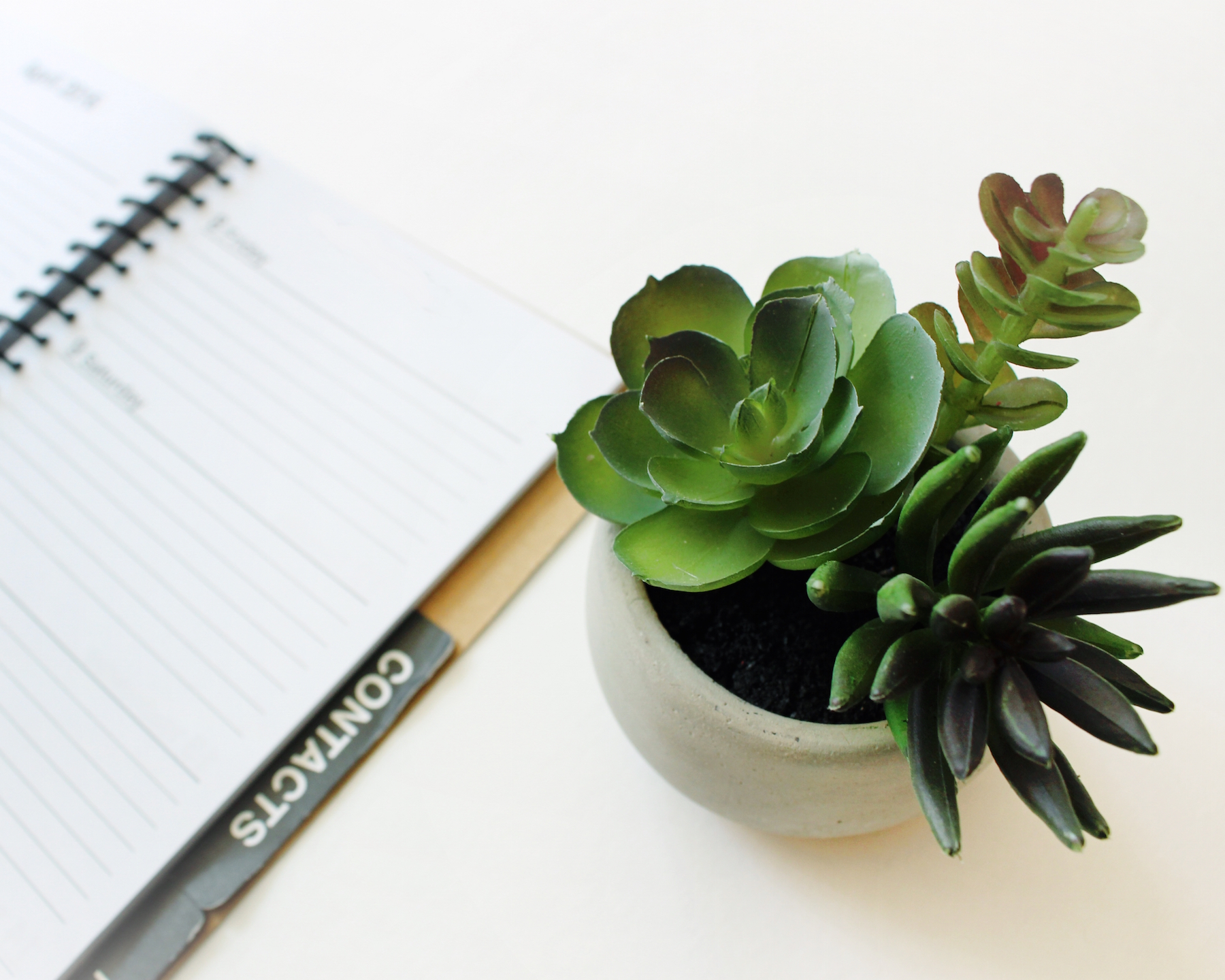
And the effects are tremendous, particularly on the way it eases the production of stress hormones in the body, activating the parasympathetic nervous system and reducing blood pressure.
In fact, the Journal of Applied Psychology demonstrated an impressive 7-point drop in systolic blood pressure after subjects practiced forest bathing for 4 consecutive hours.
While that is a tremendous change, unless you’re doctor is prescribing a major campaign to reduce blood pressure, you may not find that sitting outside for 1/2 a day is terribly practical.
Here are some ways to take advantage of the concepts of forest bathing without totally putting your day on pause:
- Take your workout outside. Exercising outdoors has been shown to have twice the mental health benefits of working out indoors.
- Position your desk by a window with a view. Fortunately, you don’t even have to be outside to reap some of the benefits of viewing nature. Surgery patients whose hospital beds are positioned by a window with a view of a tree or something natural report less pain and spend less time in the hospital compared with those recovering from the same procedures but with their beds facing a blank wall. And viewing nature isn’t the only way you benefit from spending your day by a window (in case you’re worried your view isn’t spectacular enough to help). The daylight that you are exposed to during the daytime as you work (albeit filtered from the glass) significantly impacts your body’s circadian rhythms, signaling your body to release melatonin before bed and improve your sleep length and quality. In fact, more than one study has proved the efficacy of working by a window to show that those whose offices contain a window average more than 45 minutes more sleep a night, in addition to reporting better sleep quality and even overall improved quality of life (compared with those who work in cubicles away from natural lighting).
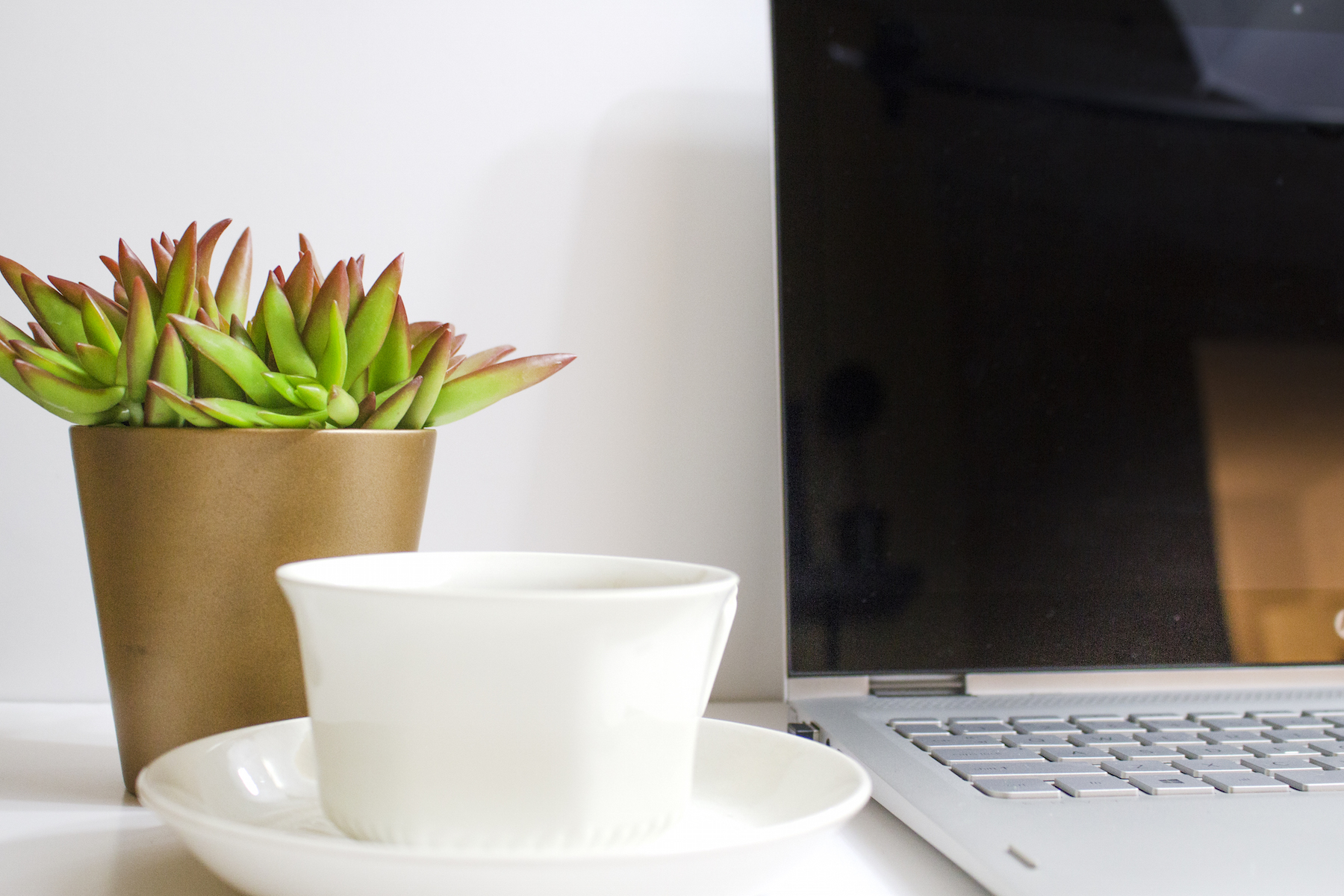
- Listen to nature with a desktop fountain or a nature app. Real or simulated, your brain will still sync up to the sounds of nature, cueing your body to relax. My favorite nature sounds app is Relax Melodies.
- Take a drive through nature. Blaming your lack of nature exposure to inclement weather? I get it. Six months out of the year, it’s too hot in Arizona to spend more than a few minutes outside. Jeff and I like to take drives on weekend afternoons on these days–coffee in hand–to appreciate the natural beauty of the desert in our nice, climate-controlled vehicle.
- Sit under the stars at night. Didn’t make it outside til dark? Whether or not you have a pretty view of nature in your backyard, you can still enjoy the stars at night. Spending the last few moments of your day observing your place in the universe under the night sky can be a much more soothing alternative to another episode of Game of Thrones, and is guaranteed to cue you up for a much better night’s sleep.
How do YOU enjoy nature?
Want even more mind-body benefits? Take my 7-day Reset to reconnect with your outer being and your inner world during the busiest workday.




